Neural network risk management
Quantitative Risk Management in Python

Jamsheed Shorish
Computational Economist
Real-time portfolio updating
- Risk management
- Defined risk measures (VaR, CVaR)
- Estimated risk measures (parameteric, historical, Monte Carlo)
- Optimized portfolio (e.g. Modern Portfolio Theory)
- New market information => update portfolio weights
- Problem: portfolio optimization costly
- Solution: $\text{weights} = f(\text{prices})$
- Evaluate $f$ in real-time
- Update $f$ only occasionally
Neural networks
- Neural Network: $\text{output} = f(\text{input})$
- Neuron: interconnected processing node in function
- Initially developed 1940s-1950s
- Early 2000s: application of neural networks to "big data"
- Image recognition, processing
- Financial data
- Search engine data
- Deep Learning: neural networks as part of Machine Learning
- 2015: Google releases open-source Tensorflow deep learning library for Python
Neural network structure
- Layers: connected processing neurons
- Input layer

Neural network structure
- Neural network structure
- Input layer
- Hidden layer
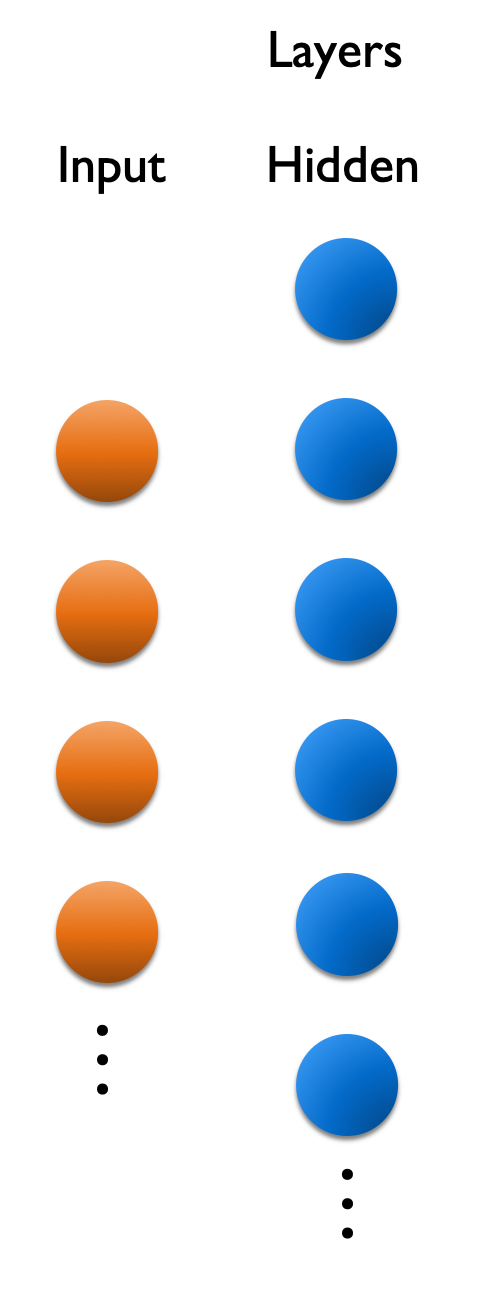
Neural network structure
- Neural network structure
- Input layer
- Hidden layer
- Output layer
- Training: learn relationship between input and output
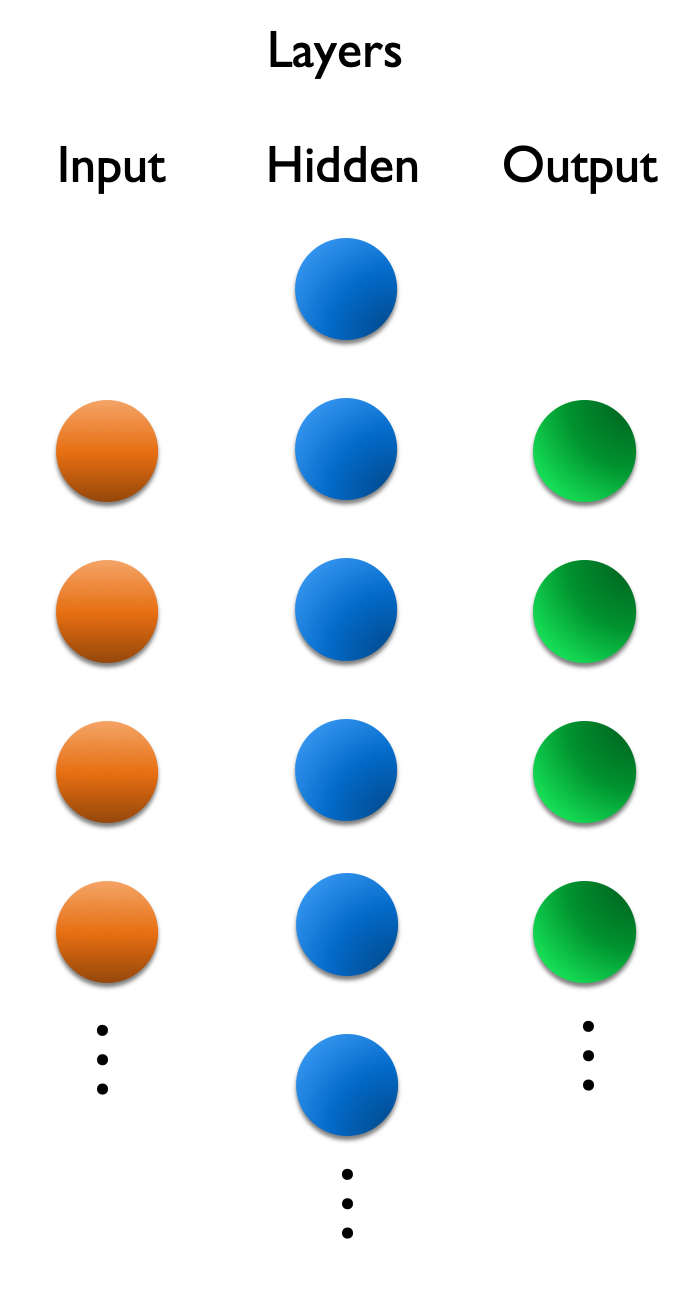
Neural network structure
- Neural network structure
- Input layer
- Hidden layer
- Output layer
- Training: learn relationship between input and output
- Asset prices => Input layer
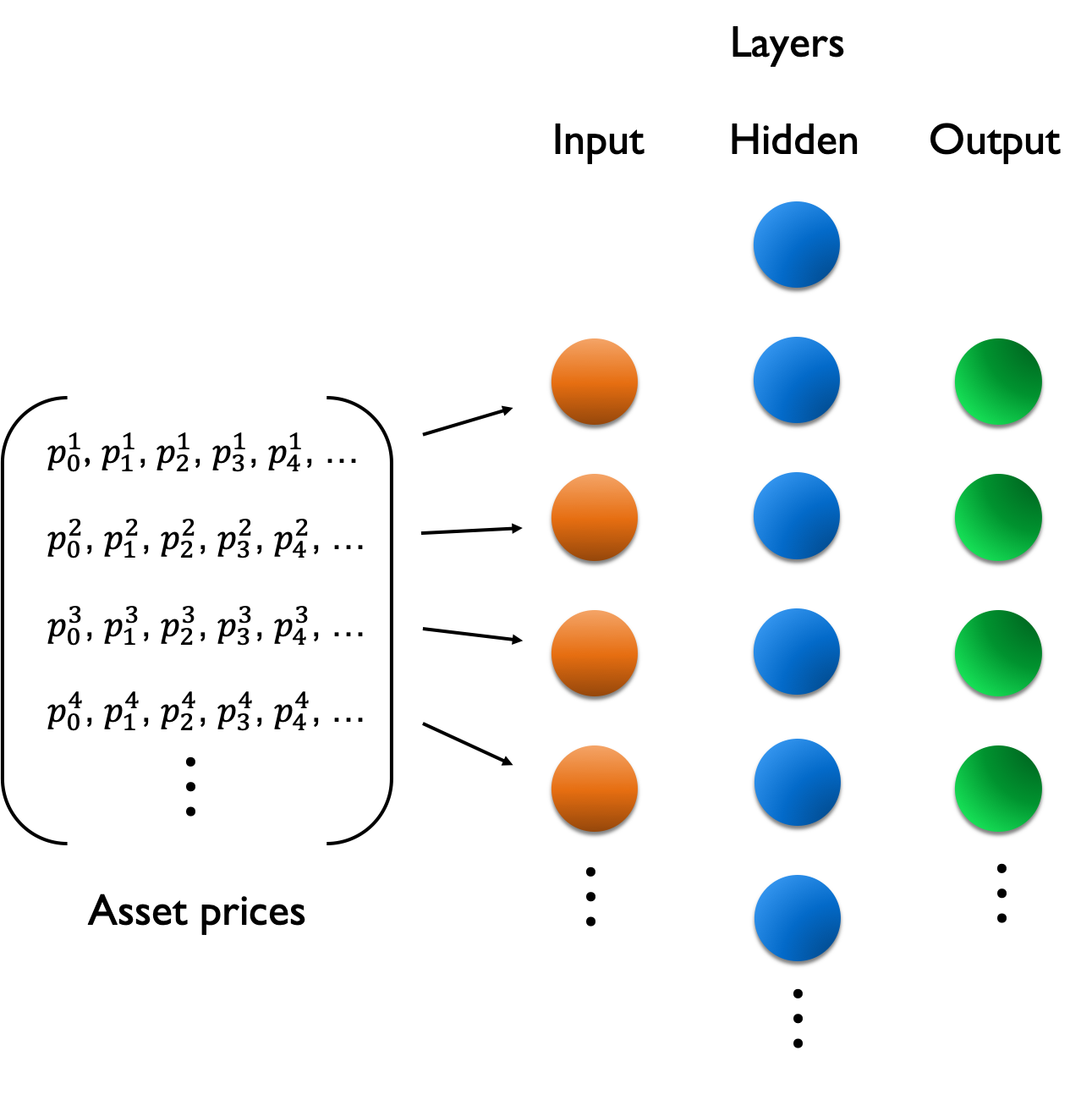
Neural network structure
- Neural network structure
- Input layer
- Hidden layer
- Output layer
- Training: learn relationship between input and output
- Asset prices => Input layer
- Input + hidden layer processing
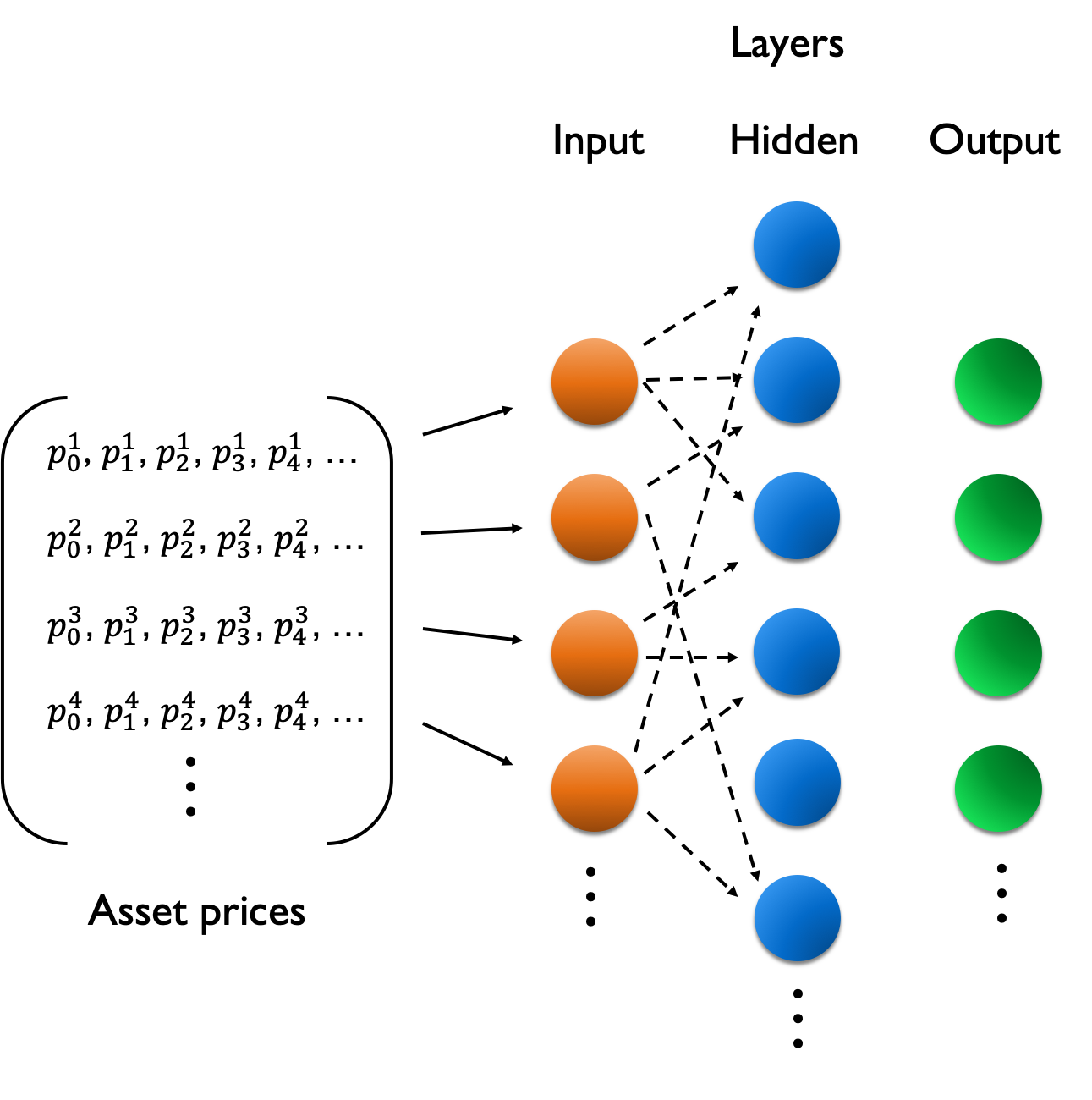
Neural network structure
- Neural network structure
- Input layer
- Hidden layer
- Output layer
- Training: learn relationship between input and output
- Asset prices => Input layer
- Input + hidden layer processing
- Hidden + output layer processing
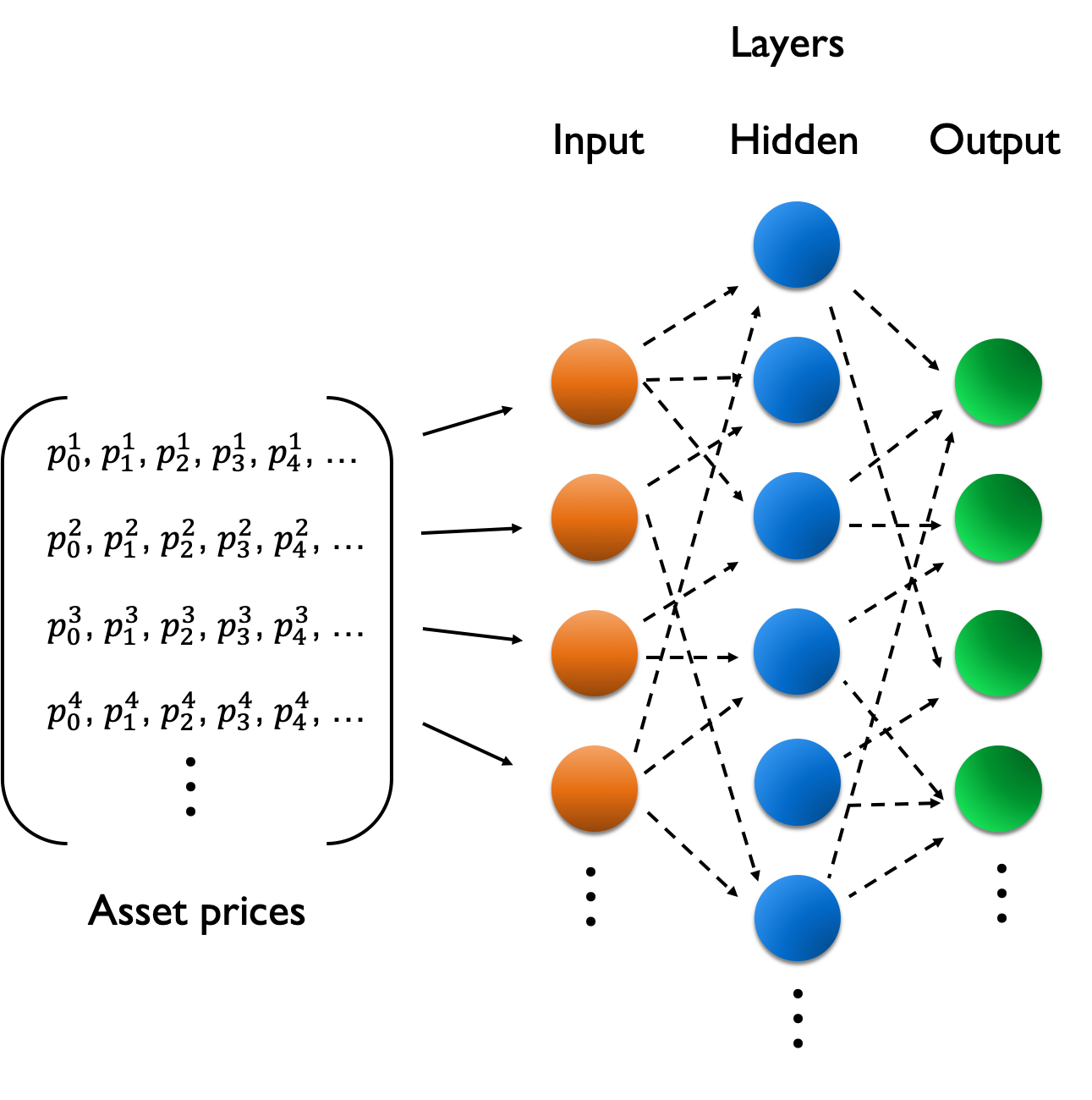
Neural network structure
- Neural network structure
- Input layer
- Hidden layer
- Output layer
- Training: learn relationship between input and output
- Asset prices => Input layer
- Input + hidden layer processing
- Hidden + output layer processing
- Output => portfolio weights

Using neural networks for portfolio optimization
- Training
- Compare output and pre-existing "best" portfolio weights
- Goal: minimize "error" between output and weights
- Small error => network is trained
- Usage
- Input: new, unseen asset prices
- Output: predicted "best" portfolio weights for new asset prices
- Best weights = risk management
Creating neural networks in Python
- Keras: high-level Python library for neural networks/deep learning
- Further info: Introduction to Deep Learning with Keras
from tensorflow.keras.models import Sequentialfrom tensorflow.keras.layers import Densemodel = Sequential() model.add(Dense(10, input_dim=4, activation='sigmoid')) model.add(Dense(4))
Training the network in Python
- Historical asset prices:
training_inputmatrix - Historical portfolio weights:
training_outputvector - Compile model with:
- given error minimization ('loss')
- given optimization algorithm ('optimizer')
- Fit model to training data
- epochs: number of training loops to update internal parameters
model.compile(loss='mean_squared_error', optimizer='rmsprop')model.fit(training_input, training_output, epochs=100)
Risk management in Python
- Usage: provide new (e.g. real-time) asset pricing data
- New vector
new_asset_pricesgiven to input layer
- New vector
- Evaluate network using
model.predict()on new prices- Result:
predictedportfolio weights
- Result:
- Accumulate enough data over time => re-train network
- Test network on previous data => backtesting
# new asset prices are in the vector new_asset_prices
predicted = model.predict(new_asset_prices)
Let's practice!
Quantitative Risk Management in Python

